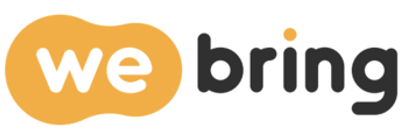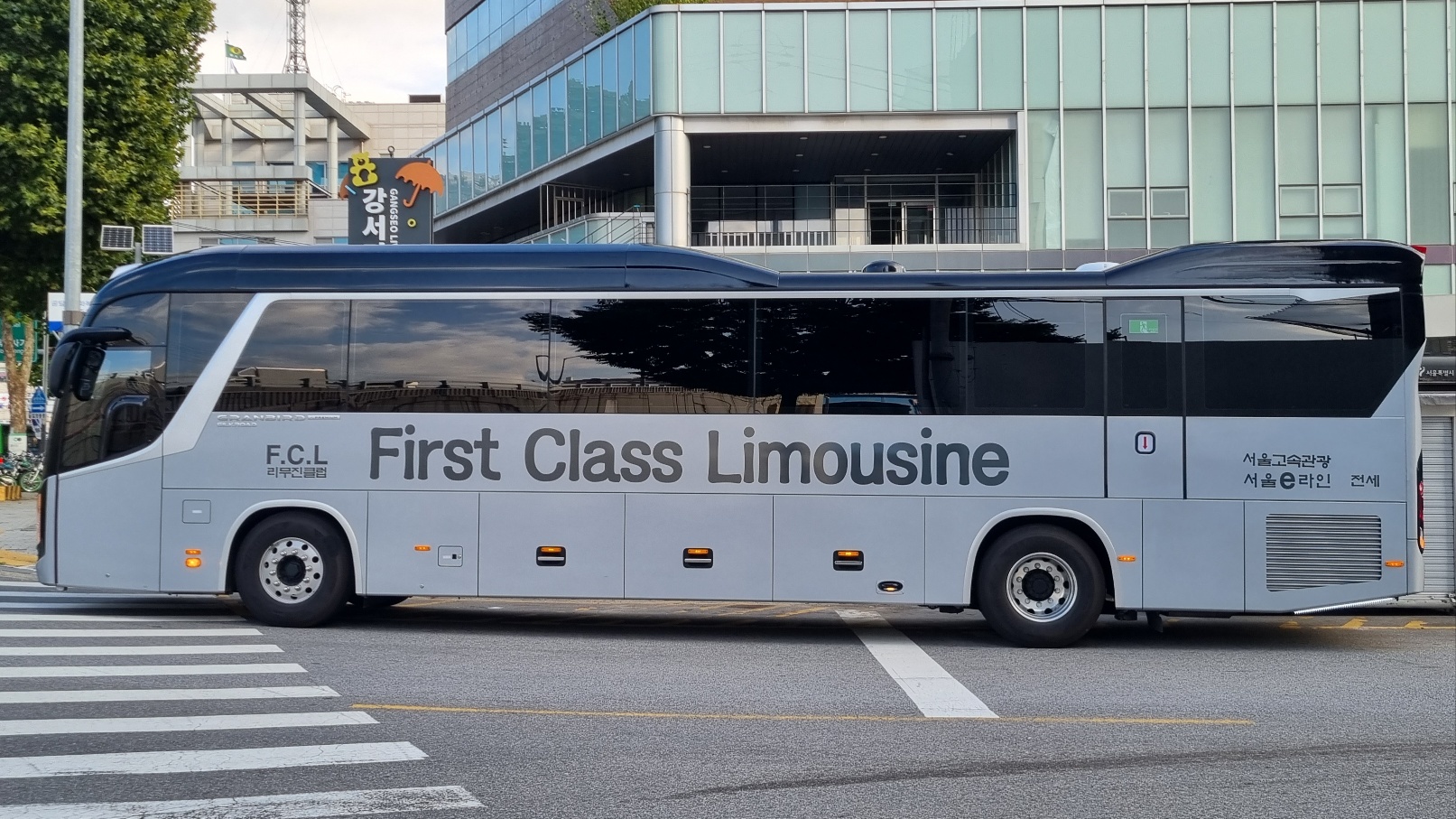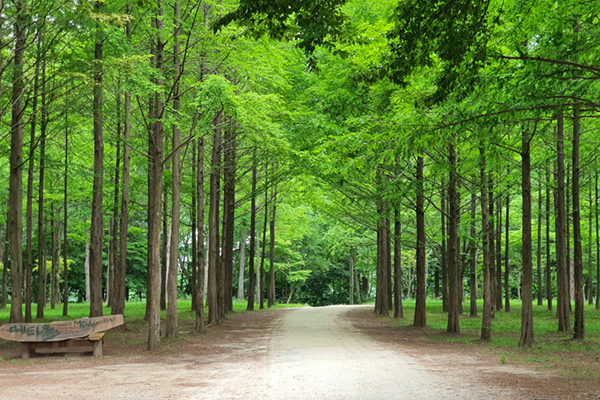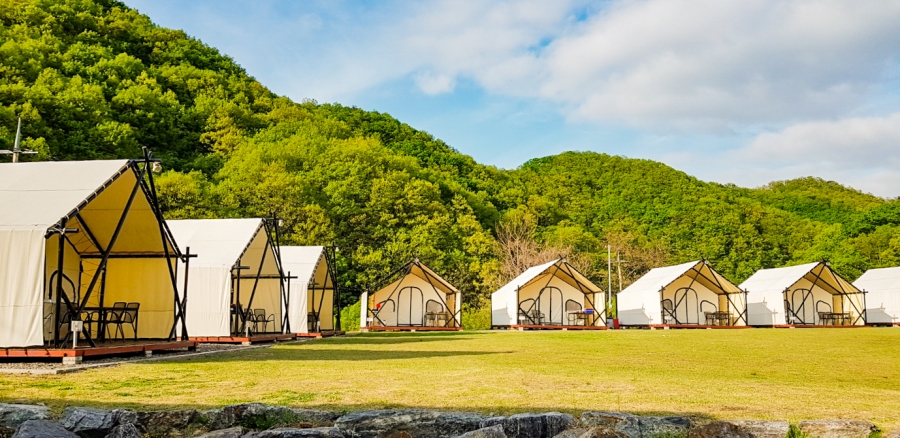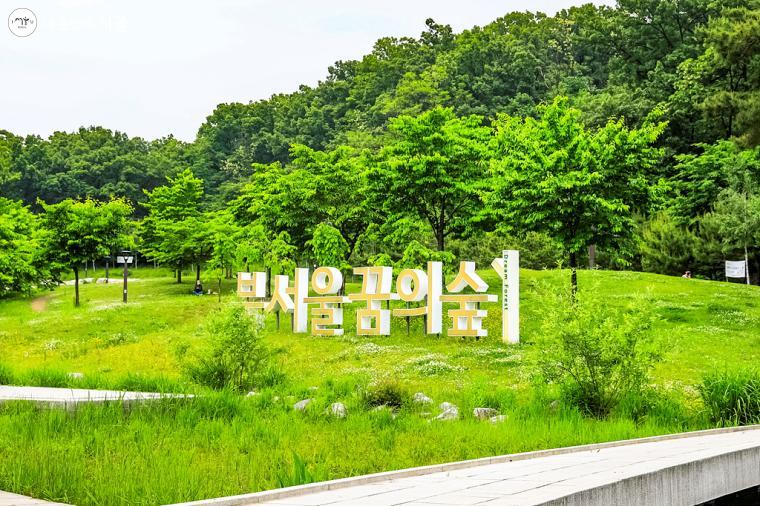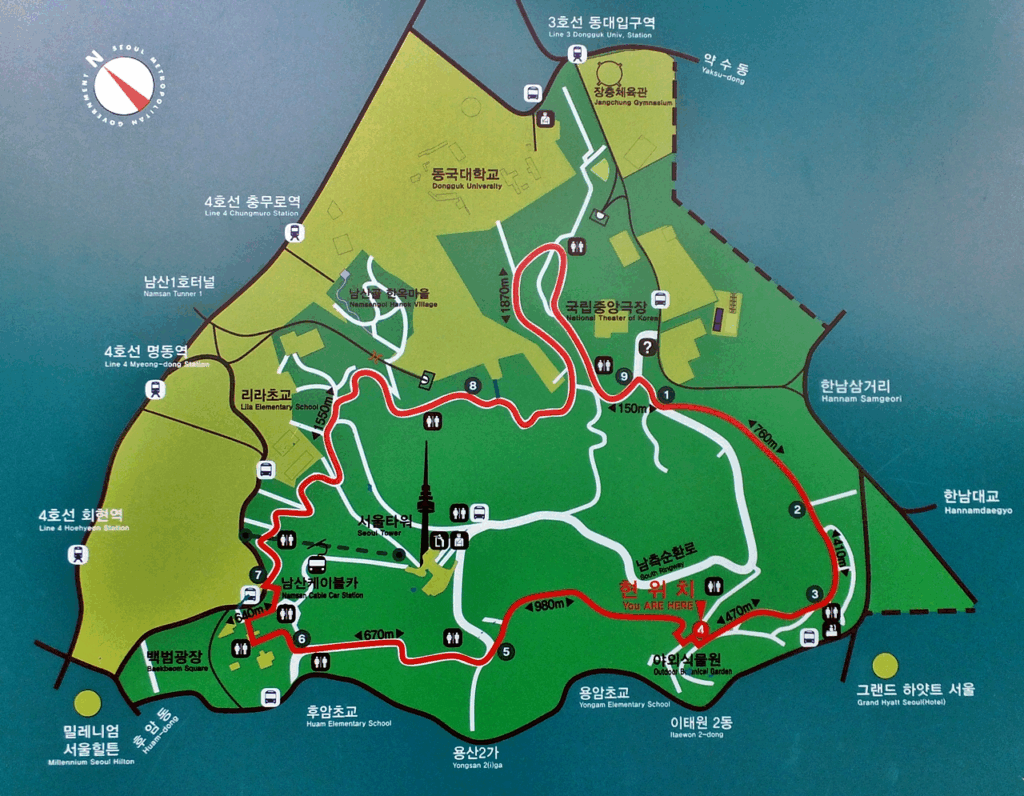When planning group transportation, the first questions that usually come to mind are, “How many people will be joining?” and “Which type of vehicle would be the most efficient?” Some may recommend a minivan, while others advocate for a chartered bus. However, the best choice ultimately depends on the specific situation. In this article, we’ll compare chartered buses and minivans by group size, and go over the pros and cons of each. This vehicle selection guide applies not only to travel but also to corporate events, family gatherings, and group tours for foreign visitors—read through the various scenarios below to find the most suitable option for your needs.
Group of 10 or Less? A Minivan Is Practical
For small groups of 10 or fewer people, it’s often more advantageous to go with a minivan than to consider renting a full-sized bus. As the name suggests, a minivan is a mid-sized vehicle positioned between a small bus and a car, typically accommodating 7 to 9 passengers, or up to 11 seats in some models. Popular examples include the Kia Carnival, Hyundai Starex (or Staria), and international brands like Mercedes-Benz vans, with interior features and configurations that may vary by model.
Thanks to their relatively compact size, minivans are great for driving in urban areas, navigating narrow alleys, and parking in tight spots. If your itinerary includes frequent stops throughout the city, a minivan is significantly more convenient than a large bus. Because driving a smaller vehicle is easier, there’s less stress on the driver and fewer restrictions on where you can go. The vehicle’s agility also helps reduce travel time between destinations.
In small groups, it’s easier to maintain a fun and friendly atmosphere inside the vehicle. Whether you’re enjoying packed lunches during the ride or using a laptop in the back seat for a mini-meeting, the close-knit setting is ideal. Many minivans come with built-in entertainment systems, such as a TV or audio setup, providing just enough fun to enhance the ride.
Of course, minivans aren’t a flawless solution. If you’re close to the 10-person capacity and have a lot of luggage, trunk space can quickly become an issue. Legroom between seats isn’t always generous, which could lead to discomfort on long drives. And if one person is doing all the driving, you’ll need to plan for break times. That said, a flexible schedule—say, a 5–7 hour trip with breaks every 2–3 hours—can help offset these drawbacks and maximize a minivan’s strengths.

Group of 30 or More? Chartered Buses Are More Efficient
On the other hand, if you’re planning for a large group of 20 to 30 people or more, a chartered bus is significantly more cost-effective. These buses usually come in 25-seater (mid-size) or 45-seater (full-size) configurations, and most of them include spacious luggage compartments. For student retreats, corporate workshops, or large tour groups with foreign visitors—all requiring simultaneous travel to the same destination—chartered buses offer great advantages in both time management and cost savings.
Since chartered buses can transport a large number of passengers at once, you can synchronize departure and arrival times with precision. If multiple sedans or minivans are rented instead, syncing everyone’s schedule becomes difficult, and extra costs like parking fees and fuel charges can quickly add up. For events, seminars, or group trips with strict timetables, managing all participants in a single bus also helps organizers maintain better control.
Chartered buses are especially handy when there’s a lot of luggage. Whether you’ve got hard-shell suitcases, outdoor gear, promotional materials, or boxes of beverages, it’s far more convenient to load everything onto one bus rather than having to distribute the cargo across several minivans. The spacious undercarriage storage handles bulky items with ease, and you can make use of overhead racks and the aisle for extra room. Souvenirs or regional delicacies purchased along the way can also be comfortably stored.
However, due to their large size, chartered buses have limitations when navigating city streets or finding suitable parking. If your itinerary includes frequent urban stops, it may be difficult to find proper drop-off and parking zones. For groups of around 15—a somewhat ambiguous number—you might need to reassess whether renting a full-sized bus is truly efficient. A 25-seater mini-bus or two 11-seater minivans might be better suited.
Minivan vs. Chartered Bus: Cost Considerations & Travel Style
Cost is another important factor when choosing a vehicle. Generally, the daily rental fee for a minivan is lower than that of a chartered bus. However, if multiple minivans are required, the total cost may rise significantly. Chartered buses can often be rented for several hundred thousand Korean won per day, but the fewer the passengers, the higher the cost per person. Hence, for groups of 10 or fewer, minivans tend to be more cost-efficient, while groups of 20–30 or more usually benefit from chartered buses.
That said, travel style should also influence your decision. For example, if you have a group of around 12 people, you may wonder whether it’s better to rent “two minivans” or “one 25-seater bus.” A single bus simplifies coordination but may pose challenges when it comes to city parking or accessing narrow roads. It can also feel too spacious for a small group, making it harder to maintain a cohesive atmosphere. Two minivans offer more flexibility and easier parking but require two drivers and duplicate rental fees, which could be burdensome.
Ultimately, the right choice depends on various factors such as whether the route is city- or countryside-based, who will do the driving, how much luggage you’re bringing, and whether in-vehicle group activities (like games, singing, or discussions) are planned. With chartered buses, a driver is typically included, eliminating the stress of driving. However, keep in mind that your itinerary may need to align with the bus schedule and the driver’s required rest time.
Foreign Groups & Convenience
When dealing with tour groups or student gatherings from overseas, language and transportation culture barriers can add complexity. That’s why it’s often beneficial for foreign groups to stay together in a single vehicle. While it is possible to hire English-speaking drivers for minivans, larger groups are generally better served with a chartered bus featuring a guide who can double as an interpreter. Through in-vehicle microphones and speakers, it’s easier to deliver sightseeing information and schedule announcements all at once. A minivan works well for foreign groups of 10 or fewer, but for 15–20 people or more, a chartered bus is usually the go-to option.
Foreign travelers also tend to carry more luggage—extra suitcases and large shopping hauls are common. If all that can’t fit into a minivan, you may be left with no choice but to rent a larger bus. Spacious interiors also allow for cultural exchanges or group conversations during the ride, so it’s worth factoring in comfort when choosing a vehicle.
Conclusion: Choose Wisely Based on Group Size & Trip Purpose
In summary, minivans offer excellent mobility and convenience for small groups under 10 people. They’re especially well-suited for short, city-centric trips with family or friends. However, for parties approaching 30 people, or when there’s significant luggage and a longer route involved, chartered buses clearly become the more efficient option. Traveling together in a single large vehicle streamlines time, costs, and group management—making it ideal for events, business outings, and university trips.
Whether you choose a minivan or a chartered bus, be sure to consider the nature of your trip or event, budget, route, luggage volume, and other details. Request quotes from multiple providers and make sure to factor in driver fees, insurance, and fuel costs to make a well-rounded decision. With a well-thought-out plan and the right vehicle, even transportation can become part of the travel experience itself. Free yourself from the stress of driving, enjoy conversations and songs on the road, and build unforgettable memories of teamwork and fun.

WeBring Service : Provides personalized services to foreigners living in Korea
Exclusive offer: Introducing foreign car rental in Korea, WeBring-SoCar
